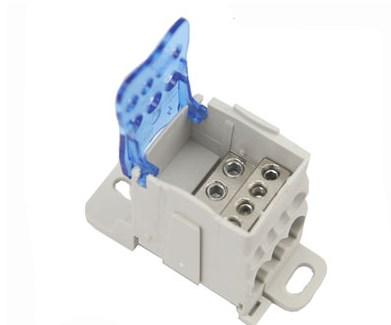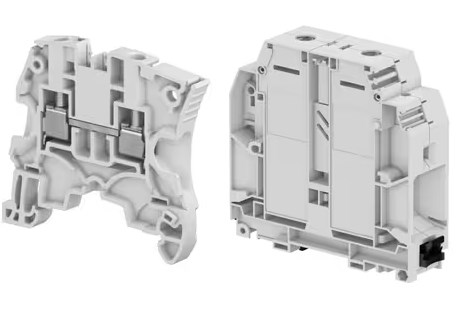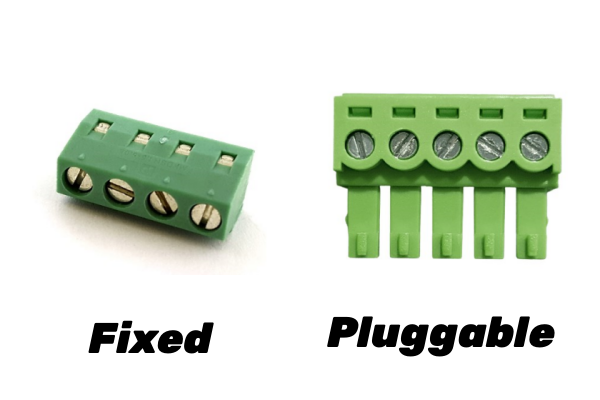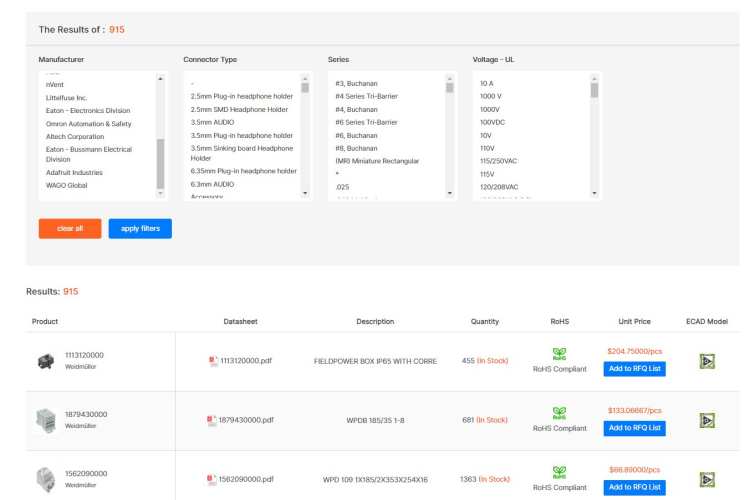OUTLINE:
What Is Terminal Block Distributor
 257
257The Terminal Block Distributor (TBD) is the linchpin of any electrical system, guaranteeing secure and dependable connections. It underpins system integrity, facilitating efficient power distribution with minimal risk of error.
What is a Terminal Block Distributor
In electrical or electronic systems, the Terminal Block Distributor (TBD) is a part or equipment that distributes or connects several wires or terminals. It is used in control or power distribution systems to distribute and manage signals or power among several terminals. The TBD is frequently used to connect cables, wires, or other leads to a variety of parts and equipment, including motors, switches, sensors, and more.
In the field of electrical and electronic engineering, particularly in industrial control systems and automation equipment, the TBD is a crucial component. It provides a convenient and organized means of making connections, ensuring efficient operation and maximum reliability.

The Main Use of Terminal Block Distributor
The main use of a Terminal Block Distributor is to connect and distribute wires or cables, simplifying wiring, organizing connections, and improving work efficiency in electrical and electronic systems.
1. Connecting and Distributing Lines:
The TBD's main job is to distribute and connect wires and cables so that power and signals may be transmitted. For efficient wiring, it enables users to connect several lines to terminals.
2. Simplifying Wiring:
The TBD streamlines and increases efficiency in the wiring process by consolidating numerous lines into one convenient spot. It arranges connections so that installation and troubleshooting are made simpler.
3. Tailoring and Modifying Interfaces:
Users have the freedom to add or remove lines from the TBD as needed. It offers flexibility in connection configuration and modification to meet particular needs.
4. Organizing and Tidying Wires:
The TBD is a useful tool for maintaining neat and orderly wires and cables. It keeps everything tidy and organized, which lessens clutter and facilitates working with cables.
5. Improving Work Efficiency:
The TBD's well-organized layout makes connections quicker and simpler, which increases productivity. It expedites and simplifies maintenance activities while lowering downtime.
6. Reliable Connections:
The TBD ensures reliable connections by providing secure and stable terminations. It offers dependable performance, ensuring accurate transmission of power and signals to each terminal.
7. Applicability Across Various Fields:
The TBD is suitable for a range of applications, including industrial control systems, automation equipment, and other electrical systems. It provides a reliable solution for wiring needs in various industries and settings.
Key Features and Benefits of Terminal Block Distributor
When talking about the key features and benefits of a Terminal Block Distributor, it offers a range of advantages that enhance electrical systems.
1. Versatility: The TBD has a great deal of versatility, allowing users to tailor connections to meet certain needs. The TBD may be set up to meet your needs, regardless of how many connections or terminals you need.
2. Organization: The TBD simplifies maintenance and troubleshooting by bringing order to electrical systems. It enables you to efficiently and cleanly arrange cables and cords, maintaining a clean and organized workstation.
3. Durability: Made from high-quality materials, the TBD is designed to withstand the demands of industrial environments. It can handle frequent connections and disconnections, ensuring longevity and dependability in critical applications.
4. Reliability: The TBD is made of premium materials and is built to resist the rigors of industrial settings.
5. Ease of Use: The TBD is intuitive and easy to use, reducing the time and effort required for setup and configuration.
In conclusion, the Terminal Block Distributor (TBD) is a crucial component in electrical and electronic systems. It streamlines connections, improves reliability, and offers a range of benefits that make it an indispensable tool for professionals and hobbyists alike. So why wait? Upgrade your wiring system today with the TBD and experience the difference it can make in your projects.
Common Types of Terminal Block Distributor
After understanding terminal block distributor, we will introduce some typical types of it. Let’s take a look at them together!
By Material
1. Plastic Terminal Block Distributors:Made of plastic, these blocks are lightweight and have some weather resistance. Reasonably priced and ideal for most indoor areas.
2. Metal Terminal Block Distributors:Made of high-quality metals like copper or stainless steel, these blocks have excellent electrical and mechanical performance. Perfect for high-current applications or severe settings, but typically more costly.
By Connection Method
1. Screw-Down Terminal Block Distributors:Screws are used to fasten cables or wires to the terminals. offers a dependable mechanical connection that is appropriate for uses where long-term stability is required.
2. Clamp-Down Terminal Block Distributors:To secure wires or cables to the terminals, use clamps or other devices. Quick installation scenarios can benefit from the ease of installation.

By Channel Count
1. Single-Channel Terminal Block Distributors:Comes with one terminal block, suitable for simple wiring configurations.
2. Multi-Channel Terminal Block Distributors:Features multiple terminal blocks, allowing for simultaneous connection of multiple wires or cables. Ideal for complex circuits or applications that require numerous connections.
By Functionality
1. Basic Terminal Block Distributors:Provide basic connection and distribution functionality.
2. Advanced Terminal Block Distributors:In addition to basic connectivity, offer additional features such as overcurrent protection, short-circuit protection, etc.
By Size
1. Compact Terminal Block Distributors:Smaller in size, ideal for applications with limited space.
2. Large Terminal Block Distributors:Larger in size, suitable for applications that require more wire capacity.
By Pluggability
1. Fixed Terminal Block Distributors:Unable to be plugged in or out, providing higher stability after connection.
2. Pluggable Terminal Block Distributors:Allow easy insertion and removal of wires or cables, facilitating maintenance and replacements.

By Fuse/Overload Protection
1. Fused Terminal Block Distributors:Some channels include a fuse for overcurrent protection or short-circuit protection.
2. Non-Fused Terminal Block Distributors:Do not provide overcurrent protection, suitable for applications with lower current requirements.
By Power Indication
1. Indicator-Equipped Terminal Block Distributors:Some channels feature indicators such as LEDs to show the status of power or signal transmission.
2. Non-Indicator Terminal Block Distributors:Do not provide power indication functionality.
By Terminals/Connectors
1. Terminals-Mounted Terminal Block Distributors:Feature terminals on the back or side for easy connection to other devices.
2. Non-Terminals Terminal Block Distributors:Do not include terminals for connection to other devices.
By Enclosure/Cover
1. Enclosed Terminal Block Distributors:Provide some level of protection from dust, water, and other external factors, enhancing reliability.
2. Open Terminal Block Distributors:Do not have an enclosure or cover, suitable for general indoor environments.
Where to Buy Quality Terminal Block Distributor
There are all kinds of quality terminal block distributors to meet your requirements at electronic component online shop. You can easily filter the different types according to your needs.

Final Verdict
In summary, the Terminal Block Distributor (TBD) is a groundbreaking element in the electrical connections industry. It has the ability to completely change how we think about wiring electrical systems, making complicated concepts simple to understand and guaranteeing consistent power delivery. The importance of TBDs in preserving system durability, performance, and dependability will only increase as technology and electrical systems continue to advance.

Disclaimer: The views and opinions expressed by individual authors or forum participants on this website do not represent the views and opinions of Chipsmall, nor do they represent Chipsmall's official policy.

share this blog to:

